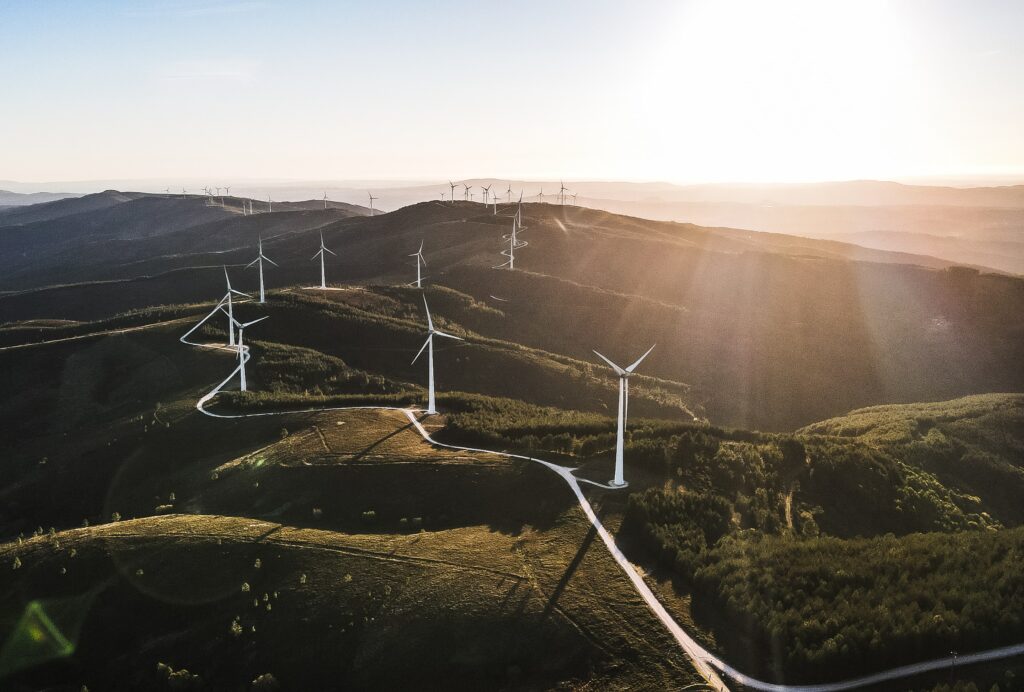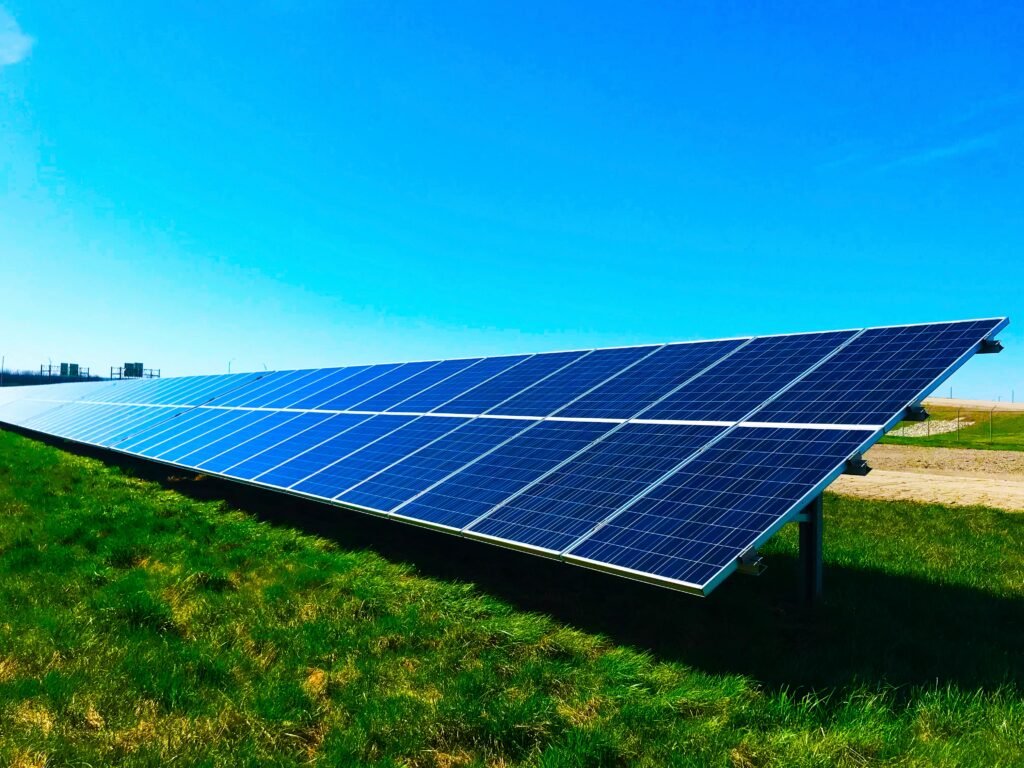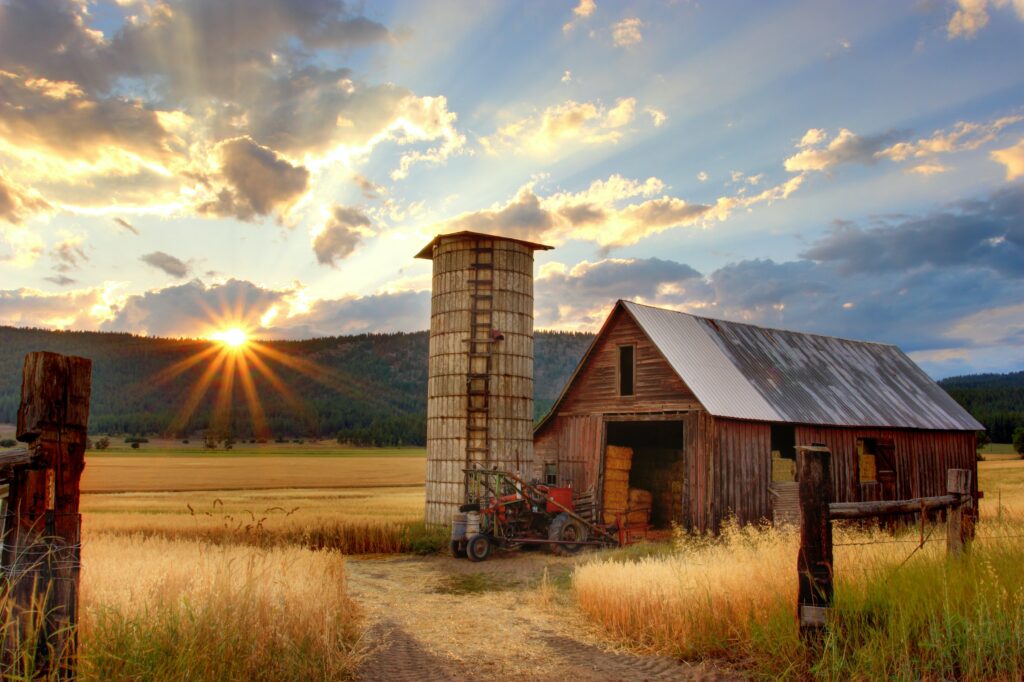As the world faces the challenges of climate change and fossil fuel reserves, the importance of renewable energy sources has never been more clear. Renewable energy does not only help with the planet’s environmental struggles but also sheds light on the technologies, benefits, and the transition towards greener, more sustainable solutions.
From solar panels to wind turbines, the modern day offers an abundance of innovative solutions that are revolutionising the way we generate and use power. Different countries, regions, businesses and communities are benefitting from these solutions in their own unique way as we are learning and progressing into new, more advanced solutions to improve Earth’s future.

What is renewable energy?
Renewable energy refers to the energy that originates from natural resources continually replenishing themselves, making them environmentally sustainable. Unlike finite fossil fuels, which release pollutants and contribute to climate change when burned, renewable energy sources offer a cleaner and more sustainable means of generating power.
The major characteristics of renewable energy sources are their natural replenishment over time and the limited environmental impact they have compared to fossil fuels. These solutions play a critical role in reducing greenhouse gas emissions, facing climate change, and providing a sustainable source of energy.
Read more: The carbon footprint of aluminium
Common types of renewable energy sources
Solar energy
Solar energy is the most productive of all energy resources and can even be controlled in cloudy weather as well as when sunlight hits. Solar technologies can provide heat, cooling, lighting, electricity, and fuel for a selection of different applications. Although not all countries have complete access to solar power, a significant contribution to a mix of energy sources is possible for every country.
Read more: How aluminium is used in the solar industry
It’s also good to note that the cost of manufacturing solar panels has lowered in the last decade, making them not only affordable but often a cheap form of electricity. With a typical lifespan of 30 years and a selection of shapes, sizes and design solutions, solar energy can be used by homeowners, businesses, communities and anyone with appropriate access.

Wind energy
Wind energy collects the kinetic energy of moving air by using large wind turbines located on land, sea or freshwater. Wind energy has been used for many years, but onshore and offshore wind energy technologies have recently evolved resulting in larger solutions. Though wind speeds can vary depending on the location, the best places for generating wind power are sometimes remote ones.
Geothermal
To put it simply, geothermal energy utilises the available thermal energy from inside the Earth. Heat is extracted from reservoirs using wells or other forms. Reservoirs that are sufficiently hot and absorptive are called hydrothermal reservoirs, whereas reservoirs that are hot but improved with hydraulic stimulation, are called enhanced geothermal systems.
Once at the surface, these fluids can be used to generate electricity.
Hydropower
Hydropower is currently the largest source of renewable energy in the electricity sector. This source harnesses the energy of water moving from higher to lower heights and can be generated from reservoirs and rivers. Reservoir hydropower plants rely on reserved water while river hydropower plants harness energy from the current flowing water.
Hydropower reservoirs also offer services such as drinking water, flood and drought control and navigation.
The infrastructure needed to create hydropower can also impact ecosystems and for this reason, many consider small-scale hydro a more environmentally friendly option, especially in more remote locations.

Bioenergy
Bioenergy is produced from a variety of organic materials, named biomass. This includes wood, charcoal, manure and agricultural crops. Most biomass is used in rural areas for cooking, lighting and heating. Modern biomass systems include reliable crops or trees, residues from agriculture and forestry, and organic waste systems.
Although energy created by burning biomass creates greenhouse gas emissions, it is still at a lower level compared to burning fossil fuels such as coal, oil or gas.
Bioenergy should also only be used in limited applications, given the potential negative environmental impacts that come from large-scale production.


